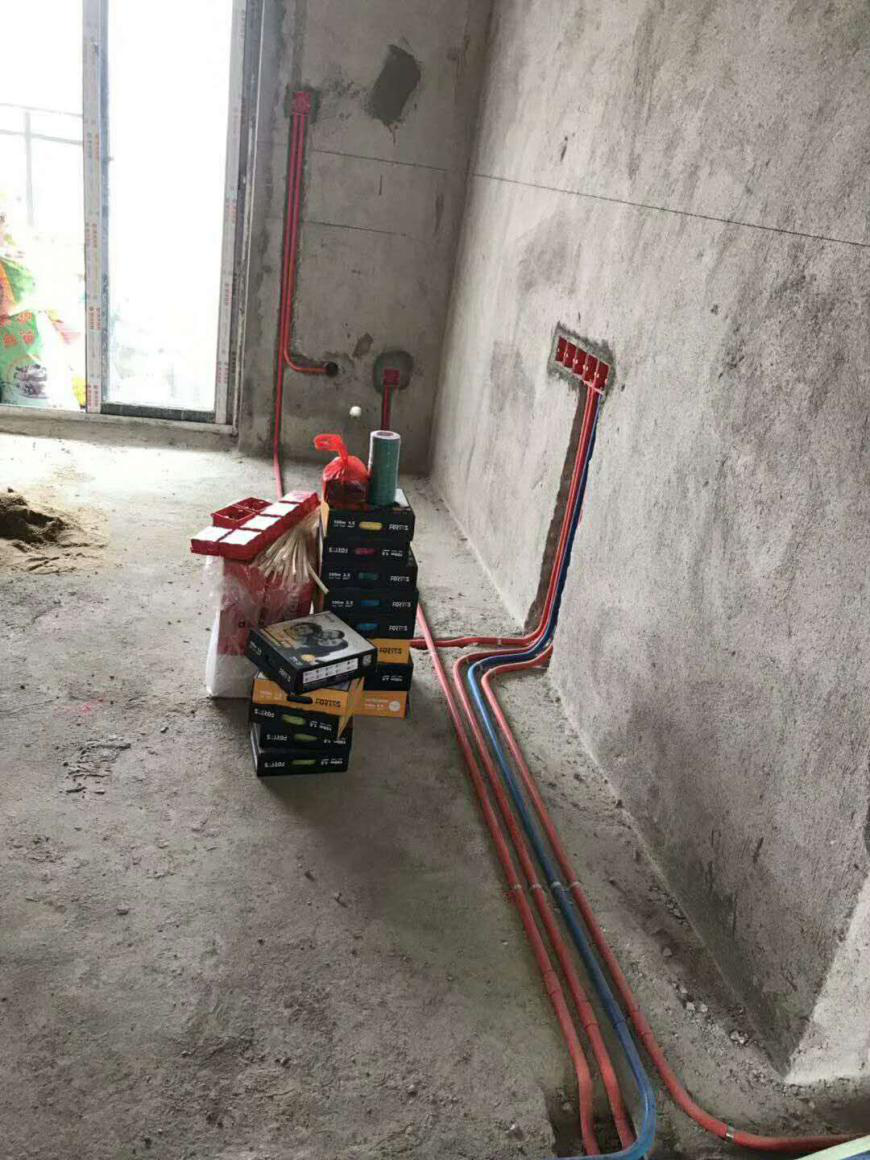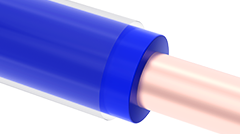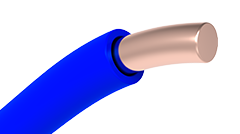The thicker the decoration wire, the better?
·2019-10-28
If you only discuss the wire, it is indeed the thicker the better - the thicker the wire, the larger the current carrying capacity, the better the insulation, the less prone to heat, the less likely to leak, and the safer to use.
But today, Ford's Xiaobian takes everyone to find out how we can correctly and reasonably distribute the wires; if it involves the place of use, we can't just consider the performance of the wires. For example, "decorating wires", in addition to wires, also need to consider objective factors.
In the decoration environment (family), the increase in wire thickness will cause two disadvantages:
01 related costs increase
The wire is thicker and the corresponding threading pipe is thicker.
Slotting depth should be increased,
The depth of backfilling should be increased,
The pipe card size must be increased,
Construction time should be extended,
When the wire becomes thicker, it will also become hard, and it will be difficult to pull and pull, and it is easy to appear dead line.
Difficulties in wiring and maintenance

—— These are not just cost issues, but also the loss of height and time.
Choose to use a thick wire to decorate, more like choosing a pair of shoes for yourself - too big or too small are not good, the right is the best! There are clearly stated in the "Code for Electrical Design of Residential Buildings" as follows:
One room below 60m2 (inclusive), 6mm2 copper wire for main circuit; 1.5mm2 copper wire for lighting circuit; 2.5mm2 copper wire for common socket circuit; 4mm2 copper wire for high-power socket circuit.





